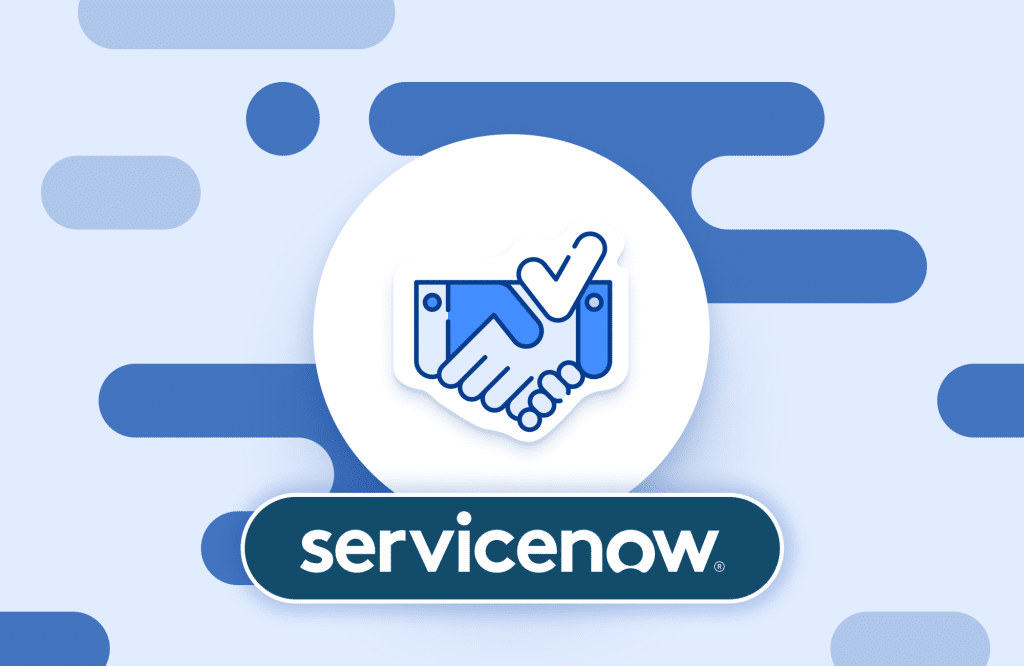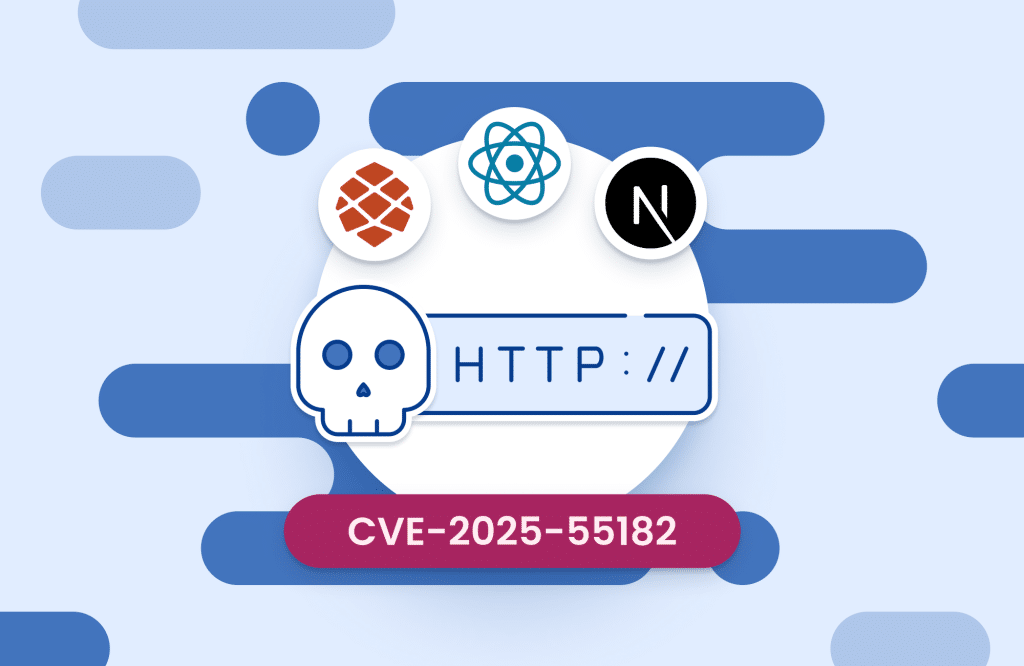
Mend Leadership Update: Building on Our Momentum for the Next Phase of Growth

Why AppSec and Network Risk Management Must Be Unified in the Modern Enterprise

From Zero to RCE: How a Single HTTP Request Compromises React and Next.js Applications

Mend.io + Wiz: A New Code-to-Cloud Integration for Accurate, Context-Driven Risk Prioritization